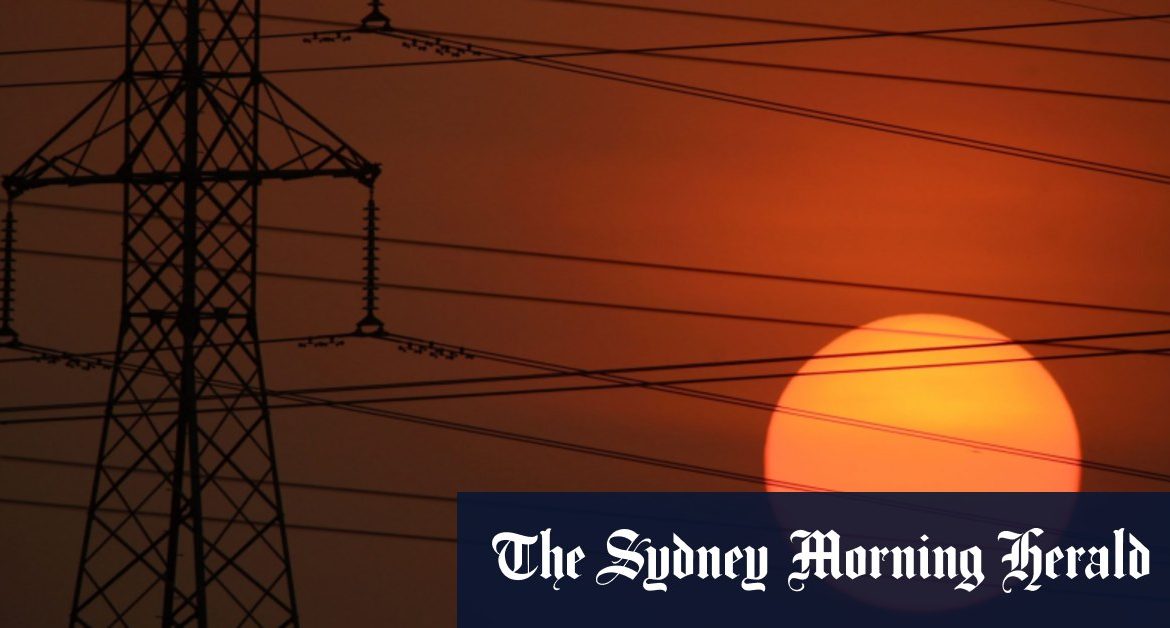“These issues have been resolved.”
Generators CleanCo, CS Energy and Stanwell, along with transmission and distribution corporations Powerlink, Energex and Ergon, and retailer Ergon Energy Queensland, were all included in the audit.
Nine of the 28 deficiencies found were related to Energy Queensland’s rollout of a new information technology system, expected to be finalised by 2021-22 at a cost of 4 per cent more than the $229 million approved by the Australian Energy Regulator.
The reported noted that if the new system did end up overrunning the approved figure, Energy Queensland – which counts all but Powerlink and the generators as subsidiaries – may not be able to recover the cost through network charges for its customers and could see financial returns to the government affected.
The audit office recommended all six of the energy entities strengthen the security of their IT systems through employee training and ensuring user access to sensitive data was was appropriately approved and reviewed.
Strong password practices and two-factor authentication was also recommended for systems recording sensitive information, which should also be encrypted.
Loading
The report noted profits among the group dropped $1.5 billion from the 2018-19 figure to a combined $204 million in the last financial year. Profits among the transmission, distribution and retail entities were 26 per cent lower than the previous year.
But the overall reduction was largely due to the lower electricity prices of generators, accounting for a $367 million net losses. All wrote down the value of their power stations to the tune of $1.1 billion.
This was attributed to a decline in electricity prices caused by a reduction in energy demand during the COVID-19 pandemic, lower gas prices and increased renewable generation – particularly household solar.
Despite the decrease in value, Stanwell and CS Energy’s coal power stations were expected to remain profitable until their scheduled retirement across the next 26 years.
CleanCo also reduced the value of its Swanbank E gas power station to zero, with electricity prices and forecast revenue not enough to cover the growing operating costs. Net losses are expected until its retirement in 2036.
The report found Queensland’s wholesale electricity price fell an average $27 per megawatt hour across the period, compared to 2018-19, and continued to be the lowest on the National Energy Market.
After the Australian Energy Regulator in July decided on a 15.8 per cent and 13 per cent reduction in revenues for Energex and Ergon respectively across the next five years, average electricity bills were expected to drop slightly in 2020-21 before increasing $3 annually for the next four years.
“This reduction in distribution revenue will place further pressure on Energy Queensland to manage its operational and network costs,” the audit office report noted. “A reduction in revenue will likely result in decreased shareholder returns to the state government.”
In comments included in the report, Queensland’s acting Under Treasurer Graham Fraine said the challenges raised were “not unique” to the state’s energy sector alone.
Loading
“The Queensland government has a strong commitment to ensuring prices remain sustainable and the fact that Queensland owns its energy businesses means that these businesses can play an important role in our transition to 50 per cent renewable energy by 2030,” he wrote.
Both Stanwell and CS Energy are also facing a multimillion-dollar Federal Court price-gouging class action. The generators have strongly refuted the claims.
Matt Dennien is a reporter with Brisbane Times.
Most Viewed in Politics
Loading







